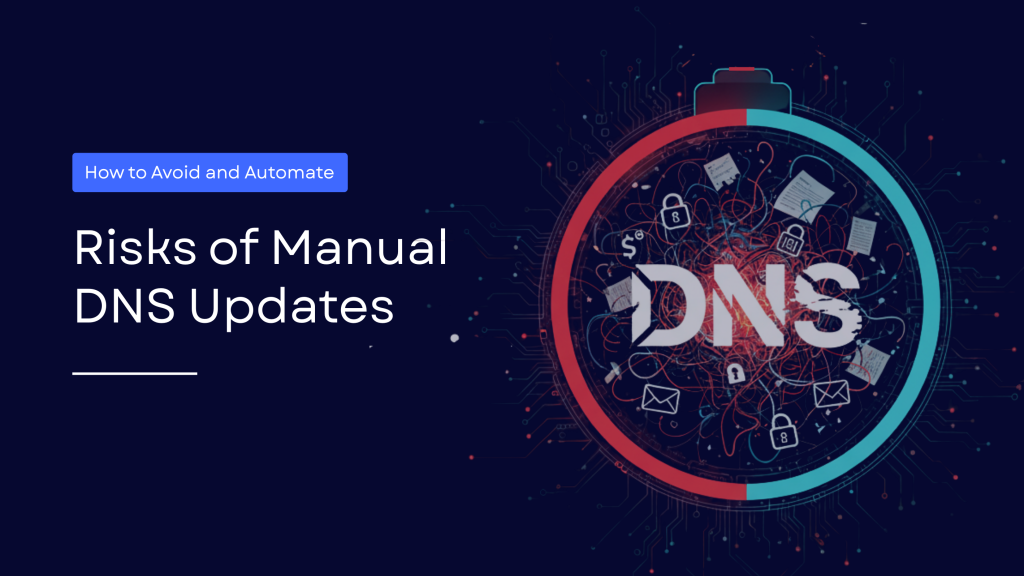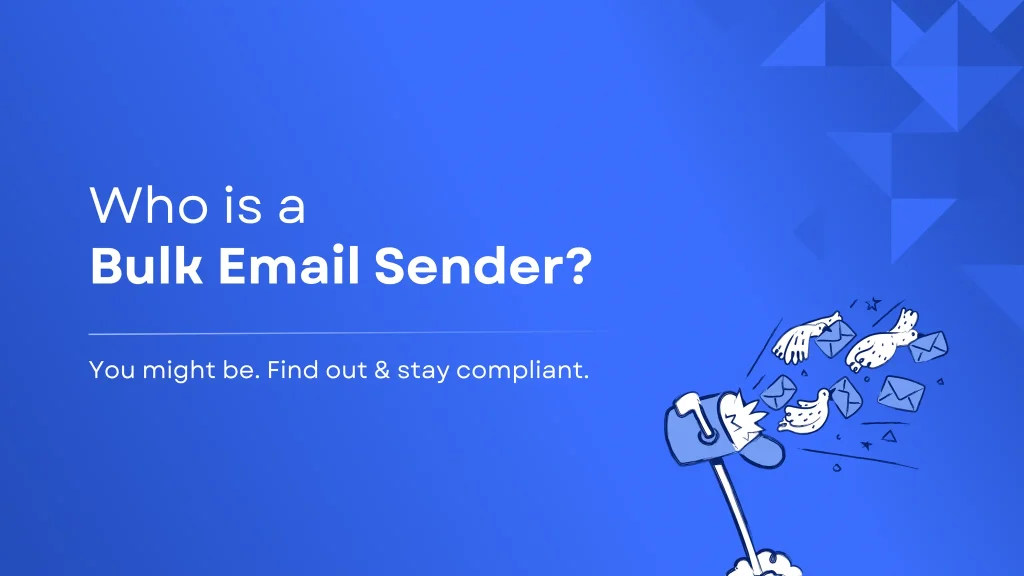
Understand and Troubleshoot “SPF Authentication Failed” Results
We all have heard of SPF or Sender Policy Framework. You may not realize it, but SPF authentication is an essential part of your online communication. It protects millions of domains against spoofing and phishing attempts every day. Along with DMARC, DKIM, and BIMI, it makes up the building blocks of email authentication.
Sender Policy Framework (SPF) is a form of authentication used by domain owners to verify emails sent by other organizations. However, improperly configuring it can lead to errors known as “SPF authentication failed.”
There are many instances when SPF records fail and cause errors such as SPF hard fails, temp errors, etc. These situations are time-consuming and loss-making and should be rectified immediately.
For those who aren’t well-versed in SPF, it can get confusing to understand why SPF fails, how SPF errors are interpreted in DMARC, and how to fix them? So we have simplified it for you.
What is SPF Authentication?
Understanding what SPF is key to troubleshooting it. SPF, Sender Policy Framework, is an email authentication protocol used to verify that the email sender matches their domain name in the message’s field.
The sending MTA verifies whether the connecting host’s IP address is in the preconfigured list of SPF servers published in the extracted domain’s DNS. If it is there, it results in an ‘SPF Pass.’
However, if the IP address is not listed, it gives a ‘fail’ result. This could be due to different reasons, such as inconsistencies in how records are set up, exceeding DNS lookup limit, etc.
To ensure that these failures don’t impact your email marketing efforts, you must comprehend why emails fail SPF validation. Once you are aware of what’s causing the issue, you can play your part to protect your business from it.
Why does SPF Authentication Fail?
Following are the reasons that lead to an SPF authentication failure:
- The receiving MTA fails cannot find the SPF record published in your DNS
- The check discovered multiple SPF records published in your DNS for the same domain
- The IP addresses have not been updated or listed on your SPF record
- The number of SPF lookups exceeds 10.
- The void lookup exceeds the permitted limit of 2
- The flattened SPF record length exceeds the characters limit of 255 SPF
- The record is syntactically incorrect.
When any of the above scenarios are true, you encounter SPF authentication failure. We will explain each of them below:
Different cases where SPF authentication fails.
When DMARC reporting is enabled, the MTA returns SPF authentication failure results using different codes. These are as follows:
Case 1: SPF None
When the receiving email server cannot find the domain name in the DNS, it returns an ‘SPF None’ error. A None result is also produced when no SPF record is located on the domain.
In other words, the SPF None error happens when the sender doesn’t have SPF authentication configured or the server fails to find it. SPF none is treated as a DMARC fail. This error can be rectified by publishing a valid SPF record.
Case 2: SPF Neutral
SPF neutral result is generated when the SPF record on the domain states that it is not confirming whether the IP address is authorized or not.
In other words, no matter what the SPF authentication checks conclude, the receiving MTA will produce a neutral result. When set to neutral, you are allowing unauthorized IP addresses to send you emails as well.
Case 3: SPF Soft Fail
SPF soft fail is similar to Neutral as the MTA will accept even unauthorized mails. However, emails with IP addresses not listed in the SPF record will be marked as spam. SPF soft fail happens if you configure ~all mechanisms to your SPF record.
In other words, SPF soft fail is a weak statement that the host is most probably not authorized. DMARC interprets it as a ‘Pass’ or ‘Fail,’ depending on server settings.
Here is an example:
v=spf1 include:spf.google.com ~all
Case 4: SPF Hardfail
Also known as SPF fail, hard fail occurs when receiving MTA discards all emails originating from any source not listed within your SPF record. It is configured via a ‘-all‘ mechanism.
In other words, the ‘SPF Fail’ is an explicit assertion that the host is not authorized to use the domain. DMARC treats this as a ‘Fail’ regardless of the conditions. Therefore, it is recommended for your SPF record as it provides maximum protection against email spoofing.
Here is an example:
v=spf1 include:spf.google.com -all
Case 5: SPF Temporary Error
As its name indicates, this error is temporary and often harmless. It is caused due to a DNS error like a DNS timeout. However, a subsequent try might yield an SPF pass result without further DNS operator action.
In other words, SPF Temperror constitutes an interim failure. DMARC interprets it as irrelevant as this error returns a 4xx status code ending the SMTP session. Therefore, the email may be delivered later, depending on your Retry Policy.
Case 6: SPF Permanent Error
SPF PermError is the reason behind most SPF authentication fail cases. It happens when your SPF record is rendered invalid by the receiving MTA when performing DNS lookups:
SPF Permerror occurs under the following situations:
- SPF lookup limit exceeds 10
- SPF record syntactically incorrect
- More than one SPF in a single domain.
- SPF record length limit exceeds the 255 characters limit
- SPF record is not up to date
- Void lookups exceed 2.
In other words, SPF Permerror is a permanent error signifying that the SPF check could not interpret the domain’s published records correctly. DMARC Interprets it as ‘Fail.’ Hence, the situation requires the intervention of a DNS operator to fix the SPF record. Otherwise, it negatively impacts email deliverability.
Final Words
Skysnag automates SPF for you, preventing multiple SPF records from being generated. This saves you the trouble and time required for manual configuration. Avoid PermError SPF authentication failures immediately and use Skysnag’s automated software to safeguard your domain’s reputation from compromised business emails, password theft, and potentially significant financial losses. Start your enforcement journey with email authentication, and authenticate SPF autonomously with Skysnag.






